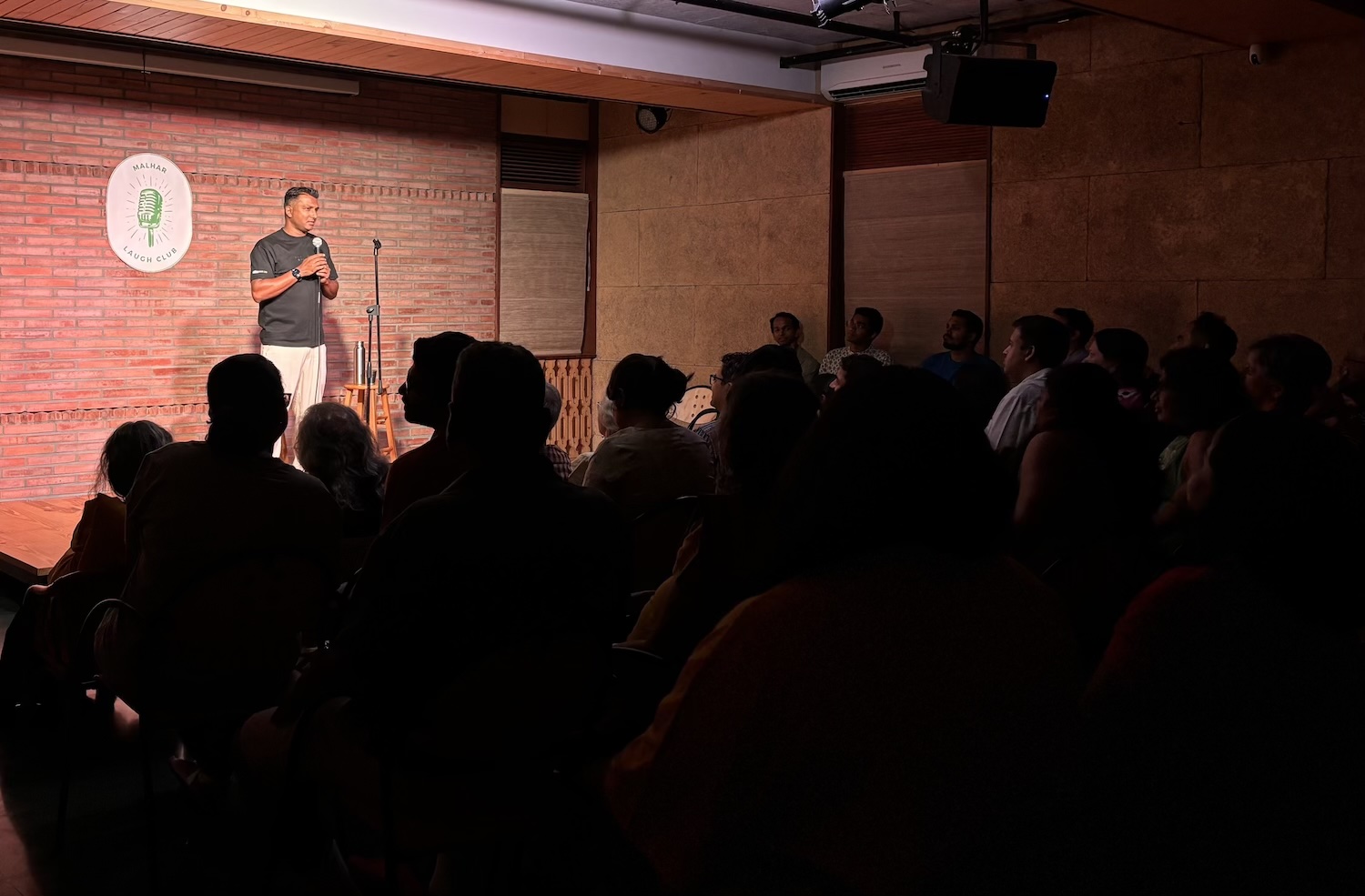Why resisting the tyranny of tech-defined perfection matters in photography
“The camera introduces us to unconscious optics as does psychoanalysis to unconscious impulses.” — Walter Benjamin
The Honest Beginnings
Once upon a time, photography was an act of patience, precision, and imperfection. You waited for the light to fall just right. You adjusted the aperture by feel. You missed more shots than you got right. But when you did get it right? That moment stayed with you. Not because it was technically perfect, but because it was yours — a slice of reality frozen by your skill.
Photography began as a tool of documentation, not decoration. It captured moments, not moods. When Kodak put a camera in every hand with the slogan “You press the button, we do the rest,” it didn’t mean it would think for you — it just made the process more accessible. You still had to see the world. The camera merely gave you a way to frame it.
Enter the Algorithm
Fast-forward to now. Computational photography is the new norm. Your phone knows how to detect smiles, correct your skin tone, brighten your eyes, and — here’s the kicker — make the sky bluer than it ever was.
Apps like Lightroom’s AI Denoise or iPhone’s Smart HDR stack exposures, add contrast, and even auto-enhance skies and faces based on what “most users prefer.” In other words, your camera no longer shows what you saw. It shows what it thinks you wanted to see.
This shift is subtle but significant. A sunset isn’t orange enough? The AI will fix it. Didn’t nail the bird in flight? AI sharpening to the rescue. The machine tells us it’s helping, but is it?
The Risk of Losing Skill (and Soul)
Using AI to “correct” images assumes that we all want the same kind of photo — bright, saturated, sharp, and flawless. But that’s not art. That’s conformity wrapped in high resolution.
Take my own setup, for instance. I still shoot with a Canon 90D and a 100–400mm EF lens. Not the newest mirrorless gear. No animal eye tracking. No AI-powered post-processing. And yet, the photos I get are no less powerful. In fact, they’re mine. They carry the thrill of earning that perfect frame. Of inching closer to a skittish bird. Of waiting — sometimes for hours — for that one magical moment.
The joy of wonder is not in watching the algorithm salvage your shot. It’s in getting it right because you understood the scene better than the machine.
What Walter Benjamin Knew Before iPhones Did
Walter Benjamin warned us in the 1930s: mechanical reproduction could strip art of its “aura” — its uniqueness and authenticity. If everyone could produce identical images, what meaning remained?
Today, it’s not just mechanical reproduction — it’s algorithmic standardization. We’re not only editing our photos; we’re letting AI choose which ones to keep. What’s left is a gallery of images that are pleasing, but placeless. Perfect, but soulless.
Resisting the Temptation of ‘Perfect’
Photography should not become a race toward optical supremacy. It should remain an exercise in observation. In patience. In storytelling.
Sure, use tools. But don’t let them think for you. Your frame is a fingerprint. It’s not meant to be “optimized.”
So the next time your editing app suggests an auto-adjust, ask yourself: Is this what I saw? Or is this what I’m being told to like?
Final Frame: Stay Human in a World of Machine Vision
Let’s not forget — photography began with wonder. It deserves to stay that way. Because while cameras may never lie, algorithms often tell us the version of truth they were trained to show.
Hold onto your curiosity. Keep chasing that unedited light.




